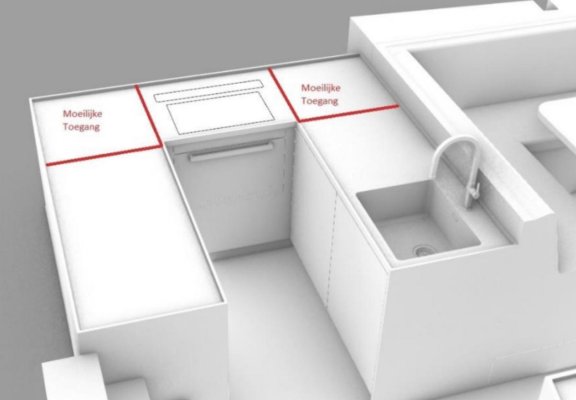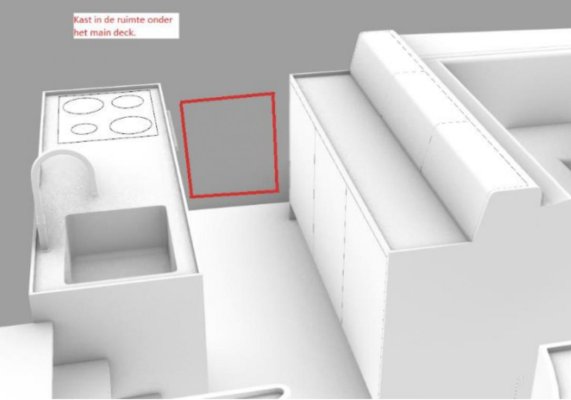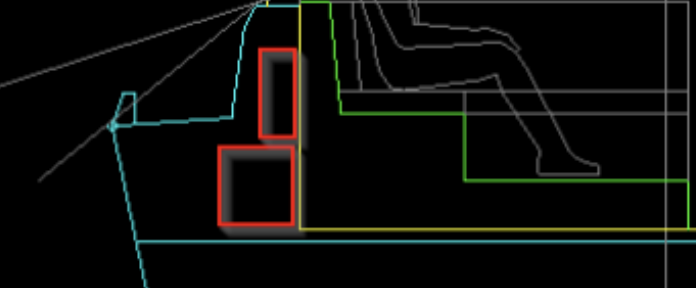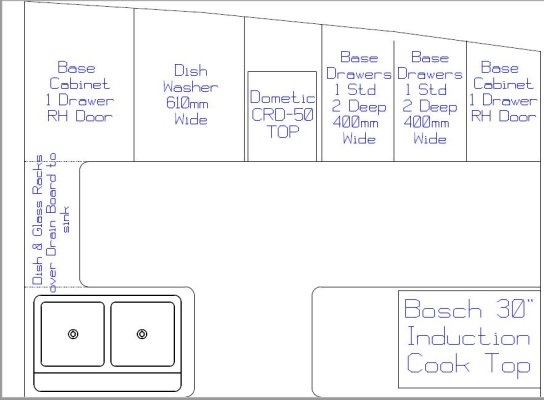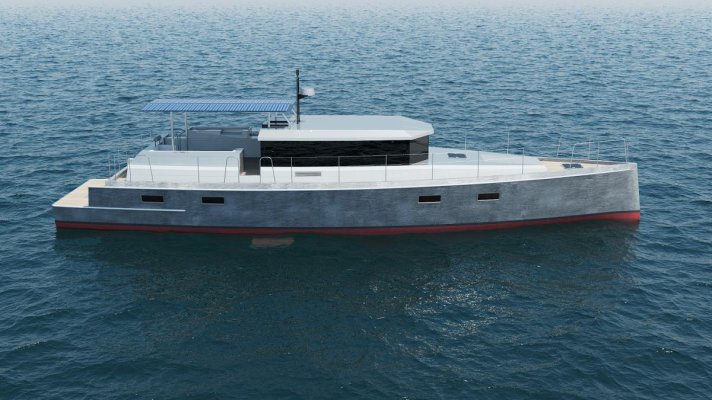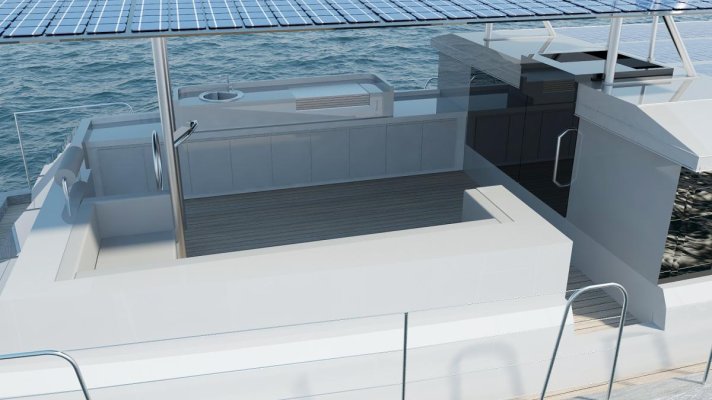I’m sure this would work with pretty much any modern engine ,with the exception Of an engine that has a particulate filter and uses exhaust fluid ,those Engines have to run Within Certain parameters in order to make the pollution crap work ,I hear they’re requiring those in boats in California ,but I’m not certain, I don’t know how you could possibly put that in a boat ,but that’s what I’ve heard ,There are three ways I could demonstrate this, The first would be to use manufacturers Published power Graph,The second would be to put the engines on a Dino and the third would be to actually put the engines in a boat first one engine then remove it and put the other engine in and compare notes that obviously would be very expensive ,I personally couldn’t afford to do the dino thing either ,so I have to use manufactures published numbers they do guarantee these numbers however ,so hopefully they’re accurate ,I know my theory holds water with my experience with semi truck engines ,I always got better fuel economy with a higher horsepower engines ,so I decided to look up the numbers for Marine engines ,and was astounded with what I found ,even better than big truck numbers ,I’m still waiting for somebody to put some skin in the game And don’t forget this requires a Cpp propeller ,I’m pretty sure nobody really cares what I have to say ,I was scolded by the administrators for being too uppity ,I didn’t wanna argue with them ,when my numbers prove correct ,I expect an apology,
 Straight off the bow or of the port side?
Straight off the bow or of the port side? 
